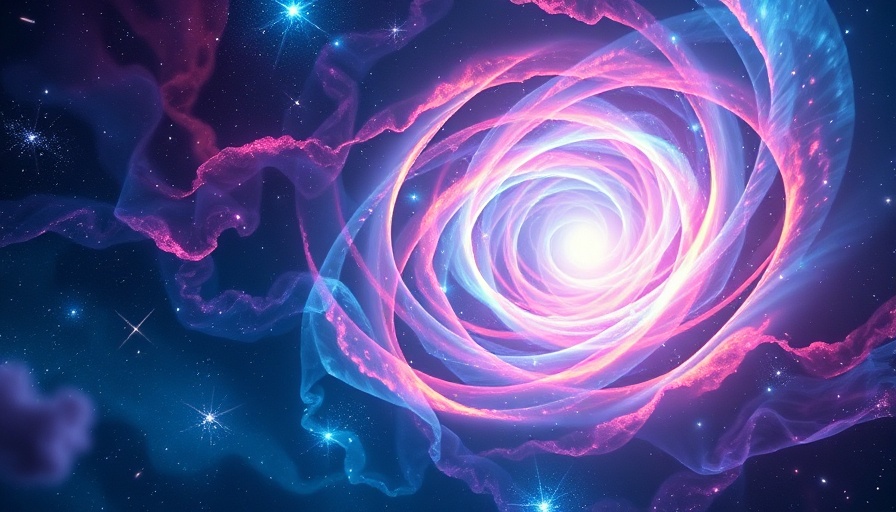
The Enigma of Dark Energy: Unveiling the Universe's Most Elusive Force
Dark energy is one of the greatest mysteries in modern science. It comprises approximately 70% of the universe, yet scientists understand very little about it. The remaining portions of the universe consist of dark matter at about 25%, with a mere 5% made up of the visible matter that we interact with daily. This begs the question: what is dark energy, and why is it crucial for our understanding of the universe?
What Lies Beyond Our Vision? Understanding Dark Energy
Dark energy is often described as an unknown force that is driving the accelerating expansion of the universe. This force does not interact with light or matter, making it virtually invisible and exceedingly difficult to study. Some scientists even speculate that dark energy may not exist at all.
The history of our understanding of dark energy dates back to the Big Bang—around 13.8 billion years ago—when the universe began its expansion. For billions of years, dark matter appeared to dominate the cosmic landscape, shaping galaxies and large-scale structures. As time passed, dark energy gradually took the lead, prompting a shift toward accelerated expansion.
A Historic Discovery: The Acceleration of the Universe
The turning point in our understanding came in 1998 when measurements of distant supernovae revealed that the universe was expanding at an increasing rate. This shocking discovery highlighted an active conflict between dark energy and dark matter—while dark matter pulls galaxies together, dark energy seems to be pushing them apart.
As Joshua Frieman from the University of Chicago explains, this scenario resembles a cosmic tug-of-war where one invisible force competes against another, fundamentally altering our view of the universe’s evolution.
Filling the Gaps: Theories About Dark Energy
Among the leading theories, empty space, also referred to as the quantum vacuum, is posited to produce dark energy. Imagine a cup of coffee—if the particles are removed, energy remains, invigorated through what's called the cosmological constant. This theory suggests that even in seeming emptiness, vast energies exist, hinting that there may be more to the fabric of space than we perceive.
Scientists are deploying advanced technologies and telescopes to unravel the puzzles surrounding dark energy. Upcoming observational missions aim to provide empirical evidence that could reshape our understanding and guide us closer to comprehending this unknown force.
Emerging Insights: What the Future Holds for Cosmology
As research progresses into dark energy, its implications reach outwards, influencing our grasp of cosmology and physics. By deciphering its nature, we might unlock secrets related to the birth of the universe, the fate of galaxies, and even the destiny of humankind in the vast cosmos.
Dark energy's esoteric nature propels discussions among scientists, inviting debates and diverse perspectives on what lies ahead. With the right advancements, we may eventually unveil truths that redefine existence as we know it.
Intrigued by the vastness of space and the marvels of science? Stay tuned as we explore further discoveries in the universe, from dark energy to black holes. The future of astrophysics is unfolding, and each revelation brings us closer to understanding our place within this grand universe.
 Add Row
Add Row  Add
Add 




Write A Comment